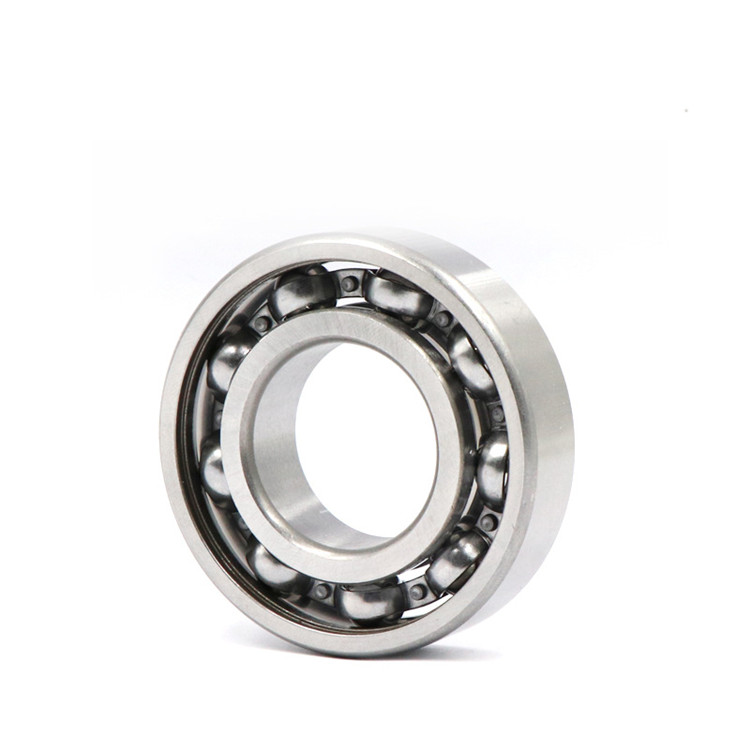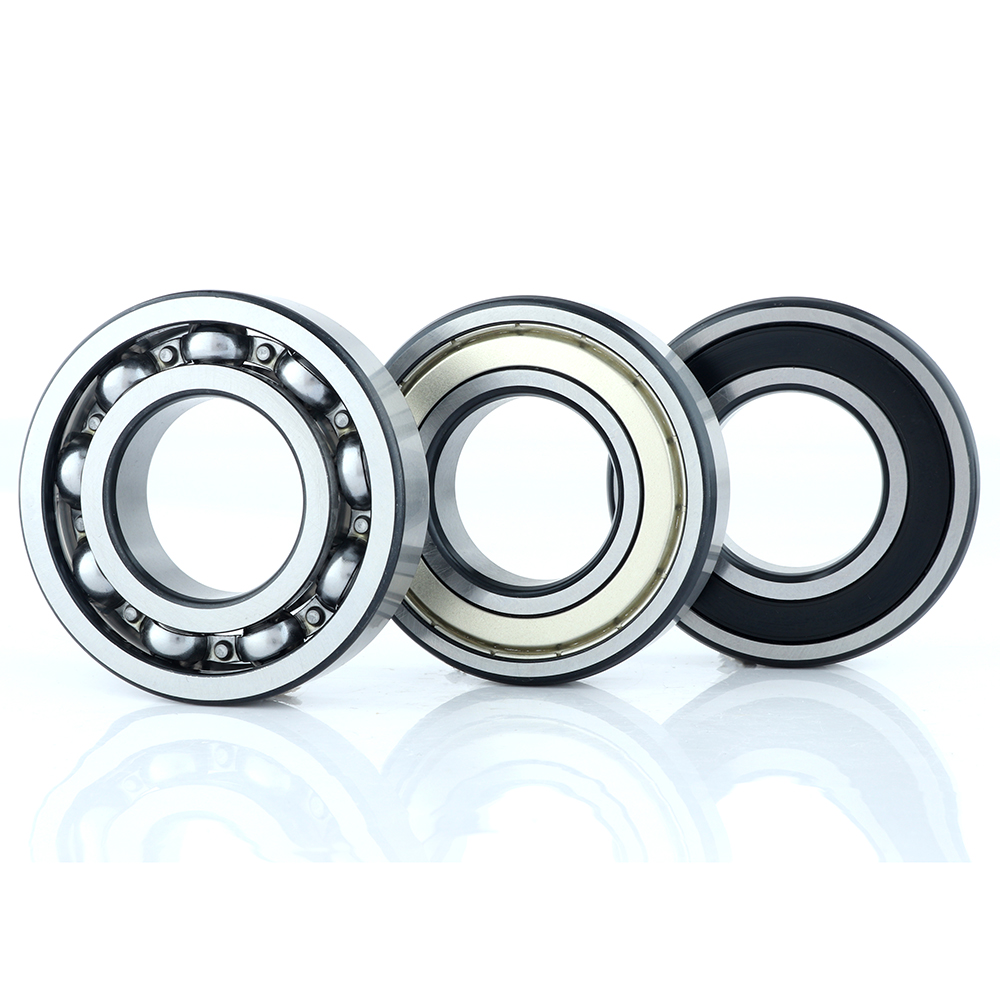Improvement of production process of activated carbon adsorption performance
Improvement of production process of activated carbon adsorption performance
In the production process, the only way to improve the adsorption performance of activated carbon is to control the production process, so as to increase the pore structure of activated carbon as much as possible within the unit volume. Therefore, the higher the adsorptivity of activated carbon, due to the large amount of pores, makes its own density become smaller and smaller, which is why the better the adsorption is, the lighter the feel of activated carbon (provided that the same raw material is used, no dip Passing water or adsorbing other substances). At the same time, with the increase of adsorption, the production cost of activated carbon is higher, and it is a geometric progression. This is the motivation for the sale of highly adsorbed activated carbon on the market with low-adsorption activated carbon.
In order to unify the standard and control the production, in the activated carbon industry, the adsorption value of activated carbon is usually calibrated by iodine adsorption value or carbon tetrachloride adsorption value (CTC). The higher the adsorption value, the stronger the adsorption capacity of activated carbon.
[The difference between real activated carbon and carbonized material]
Activated carbon is a specially treated charcoal with numerous fine pores and a large surface area with a surface area of ​​500-1500 square meters per gram of activated carbon. Activated carbon has a strong physical adsorption and chemical adsorption function, but also has a detoxification effect. Detoxification is the use of its huge area, the poison is adsorbed on the activated carbon in the air, thus preventing the absorption of poisons. At the same time, activated carbon can combine with a variety of chemicals to prevent the absorption of these substances.
At present, there are many kinds of activated carbon on the market, and it is also quite mixed. How to choose good activated carbon? Here I will briefly introduce the difference between real activated carbon and carbonized material:
1. The charred product obtained by carbon-containing raw material after 400~500 ° C high temperature isolation air dry distillation is called carbonized material. Charring is generally carried out at a high temperature of 400 to 500 degrees, and is burned under the condition of insulating air. After burning, it can only be called charcoal, not called activated carbon, and is a semi-finished product of activated carbon. The activated carbon is obtained by activation of a carbonized material at a high temperature of 850 to 1000 degrees. Activated carbon produces well-developed pores under high temperature activation, and these pores are the basis for the adsorption of activated carbon. (Of course, the more pores, the better the adsorption effect, and choose the activated carbon with the right pores according to the substances you need to remove.)
2. The carbonized material lacks developed pores, and its adsorption effect is very poor. That is, the iodine value mentioned in my last article is less than 500, and the specific gravity is relatively much heavier than the real activated carbon. Real activated carbon, depending on the quality. The specific gravity is generally around 0.38-0.55. The lighter the better the quality, the higher the cost of the original manufacturer.
3. In the "How to choose a good activated carbon", I also introduced the specific method, which can also be used here.
Activated carbon is a specially treated charcoal with numerous fine pores and a large surface area with a surface area of ​​500-1500 square meters per gram of activated carbon. Activated carbon has a strong physical adsorption and chemical adsorption function, but also has a detoxification effect. Detoxification is the use of its huge area, the poison is adsorbed on the activated carbon in the air, thus preventing the absorption of poisons. At the same time, activated carbon can combine with a variety of chemicals to prevent the absorption of these substances.
The activated carbon carbonized material can only become a real activated carbon through the "activation" process, and the activation process is the most important process for manufacturing the pore structure in the activated carbon manufacturing process. The carbonized material that lacks this process can be said to have almost no adsorption performance, which is not harmful to consumers. Since the carbonized material is not subjected to the process of activation and pore formation, the surface is smoother than the activated carbon, and the color is white, slightly metallic, and the handle is harder than the activated carbon, and the weight is also much heavier. A considerable part of the fake activated carbon is produced by inferior raw materials, diatomaceous earth, which has extremely low carbon content, and most of them are inactive substances. The carbon color is relatively white, the hand feel is very heavy, and the particle length is long. The strength is also very high, and the collision will give a crisp sound similar to the ceramic tapping. The hand rubs the meeting and finds that there are white fine particles on the section. Gongyi Chaojie Activated Carbon Factory please pay attention to the purchase when buying.
[Characteristics of iodine value of activated carbon]
The iodine value of activated carbon is a performance difference: the iodine value of the shell, bamboo charcoal and coal is several hundred, and the iodine value of the activated carbon raw material is from 800mg/g, 850mg/g, 900mg/g, 950mg/g, 1000mg/g, 1100mg/g, 1200mg/g or even higher iodine value, etc. (Iodine value is liquid phase adsorption index, it can be seen that the specific surface area of ​​activated carbon and micropores are developed, and the gas phase adsorption index is critical: CTC adsorption value, Benzene adsorption value. Good activated carbon CTC>100%, benzene adsorption>50%), different adsorption capacity! Cost price is also different! Activated coconut shell with the same iodine value has the best adsorption effect on small fractions. Different applications choose different materials. Activated carbon.
Another manifestation of the adsorption capacity of activated carbon is the ability to decolorize. Activated carbon has the magical ability to turn colored liquids into light or colorless. This is actually because activated carbon adsorbs pigment molecules in colored liquids. Because of this characteristic of activated carbon, it is widely used in the production process of brown sugar to white sugar in the sugar industry. Take two transparent cups, put pure water in one cup, and then drop a drop of red ink (you can use any kind of pigment that is easy to observe but does not change the nature of the water, such as blue ink, printer color ink, However, you cannot use ink and carbon ink. After mixing, pour half of the colored water into another cup for comparison. Put the activated carbon into the colored water, the amount should reach half or more of the water, so the effect will be more obvious. After standing for 10-20 minutes, compare with the comparative water sample. Under the same conditions, the stronger the decolorization effect, the adsorption of activated carbon. The better. In order to improve the adsorption performance of activated carbon, only the pore structure can be made on activated carbon as much as possible. The more pores, the more loose the activated carbon and the lighter the relative density, so the good activated carbon will be lighter in weight and in the same weight package. In the case of good performance, activated carbon will be much larger than inferior activated carbon.
[The benefits of activated carbon regeneration for the environment and resources]
Activated carbon has been widely used in environmental protection, industrial and civil use, and has achieved considerable results. However, after the activated carbon is replaced by adsorption, the unit is discarded, buried or burned, resulting in waste of resources and Re-contamination of the environment.
Activated carbon adsorption is a physical process. Therefore, it is also possible to use high-temperature steam to desorb the impurities in the used activated carbon and restore the original activity to achieve the purpose of repeated use, which has obvious economic benefits. The use of activated carbon regeneration can be continuously reused and regenerated.
Activated carbon is widely used in various aspects of industrial and agricultural production, such as flawless deodorization (refined desulfurization), ethylene demineralized water (refined filler), catalyst carrier (palladium, platinum, rhodium, etc.), water purification and sewage treatment in the petrochemical industry; Water treatment and protection of power plants in the industry; chemical catalysts and carriers in the chemical industry, gas purification, solvent recovery and decolorization and refining of oils and fats; refining and decolorization of beverages, alcohols, MSG and foods in the food industry; gold in the gold industry Extraction, tail liquid recovery; environmental treatment industry sewage treatment, waste gas and harmful gas treatment, gas purification; and related industries, cigarette filters, wood floor moisture, odor absorption, automotive gasoline evaporation pollution control, preparation of various impregnating liquids Wait. Activated carbon will have excellent development prospects and a broad sales market in the future.
Deep Groove Ball Bearings
Deep groove ball bearings The out looks of them are nearly the same,the only different is the size,you may need other models please check the following table for reference.are the most widely used bearing type and are particularly versatile.
They have low friction and are optimized for low noise and low vibration which enables high rotational speeds.
They accommodate radial and axial loads in both directions, are easy to mount, and require less maintenance than other bearing types.

Deep groove ball bearings are divided into the following series: 6000series, 6100series, 6200series, 6300series, 6400 series, 6700 series, 6800 series,6900 series,16000 series etc.
|
Model |
d(mm) | D(mm) | B(mm) |
|
6000ZZ |
10 | 26 | 8 |
| 6001ZZ | 12 | 28 | 8 |
| 6002ZZ | 15 | 32 | 9 |
| 6003ZZ | 17 | 35 | 10 |
| 6004ZZ | 20 | 42 | 12 |
| 6005ZZ | 25 | 47 | 12 |
| 6006ZZ | 30 | 55 | 13 |
| 6007ZZ | 35 | 62 | 14 |
| 6008ZZ | 40 | 68 | 15 |



We manage in all kinds of ball bearings and roller bearings,such as
1.Deep Groove Ball Bearing
2.Self-aligning Ball Bearing
3.Cylindrical Roller Bearing
4.Spherical Contact Bearing
5.Angular Contact Bearing
6.Tapered Roller Bearing
7.Thrust Ball Bearing
8.Insert Bearing
Package
1.Small bearings|:plastic tube+carton+pallet
2.Medium bearings:PE bag+box+carton+pallet
3.Large bearings:PE film & paper winding+carton+pallet
4.According to the customer's requirements
High Ball Bearing,Miniature Ball Bearing,Deep Groove Ball Bearing,Deep Ball Bearing
Shijiazhuang Longshu Mechanical & Electrical Equipment Trading Co., Ltd. , https://www.longsbearing.com